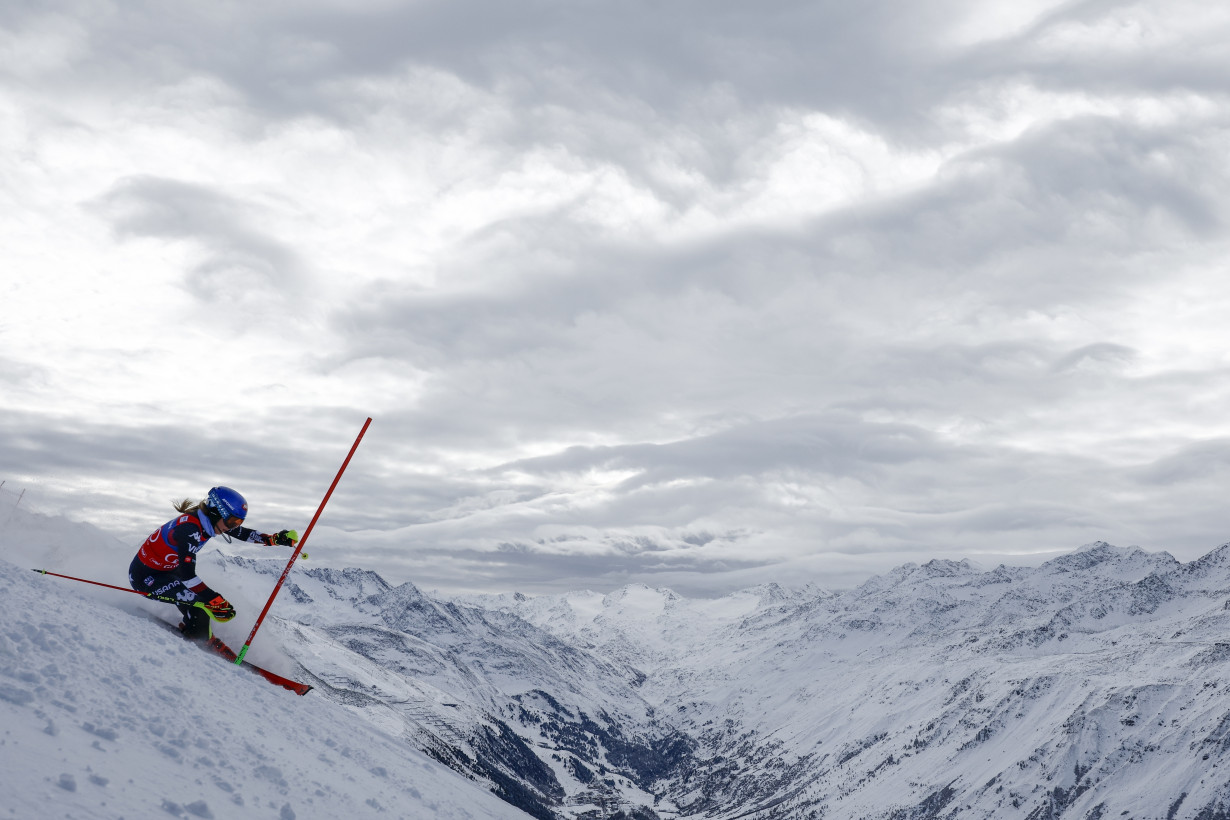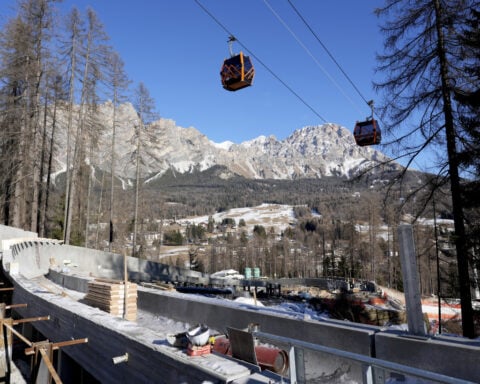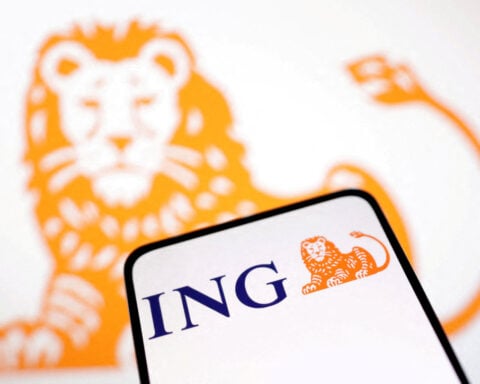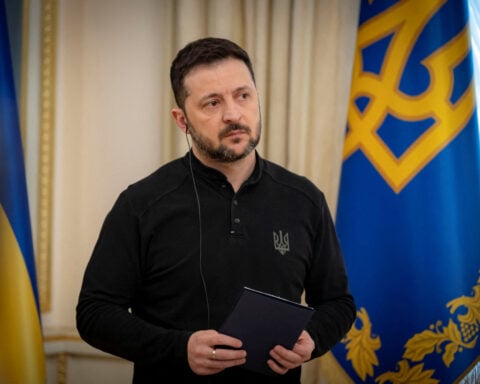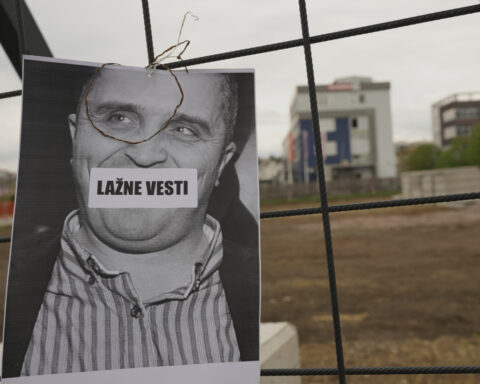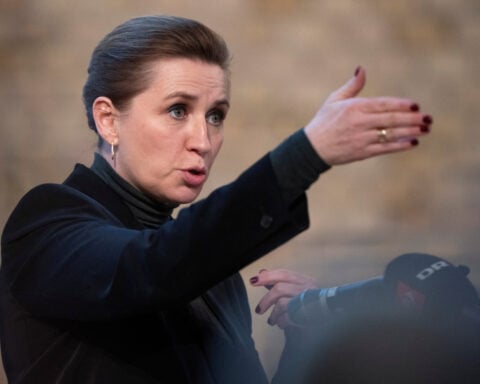Six weeks ago, Mikaela Shiffrin didn’t have the core strength to even rise out of a chair. A sneeze or a laugh brought on instant pain.
That was all due to a serious crash in a giant slalom race on Nov. 30 in Killington, Vermont, where something punctured her in the side — still a mystery — and caused severe trauma to her oblique muscles.
It’s been a demanding and difficult road back for the fast-healing Shiffrin, who plans to make her World Cup return at a slalom race in Courchevel, France, next Thursday. Her journey to the start gate included preventative surgery to ward off an infection inside a wound that penetrated through three layers of muscle to hours of arduous rehab to reactivate those crucial core muscles to feeling comfortable again weaving through a course.
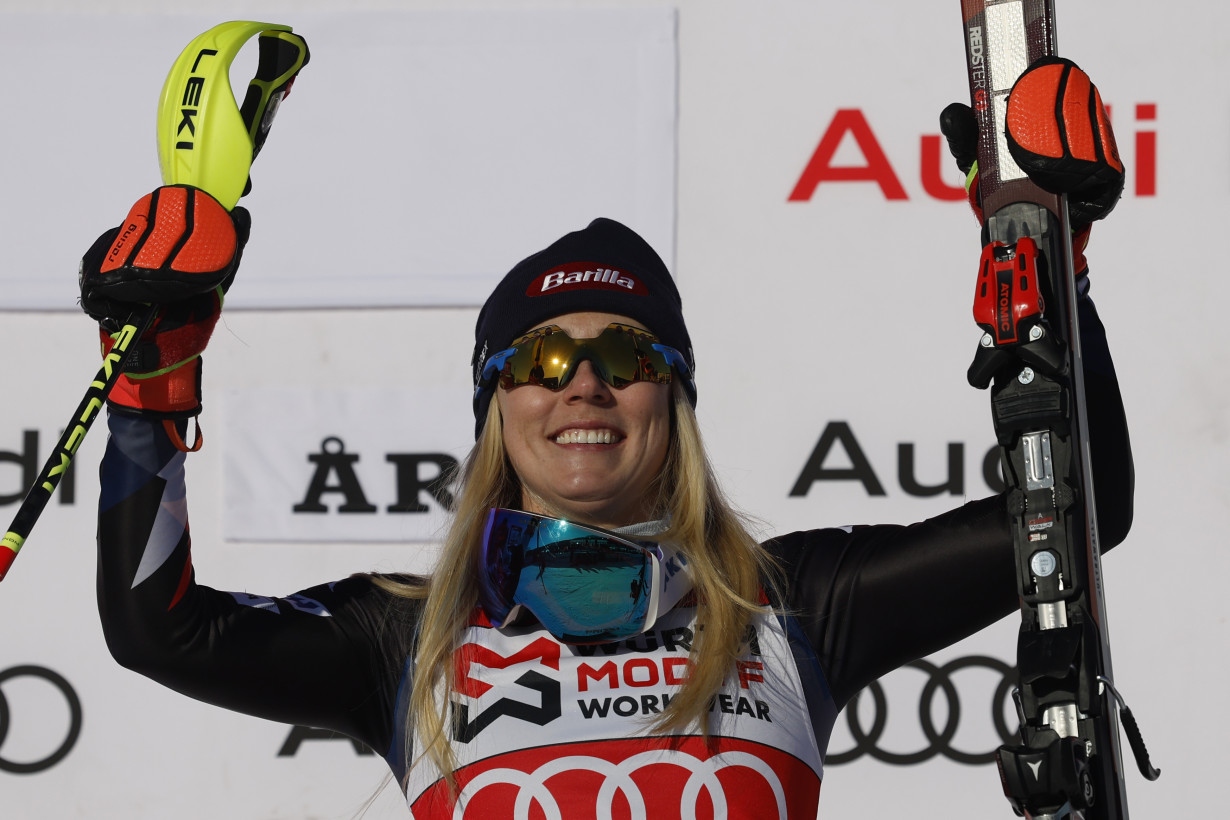
That’s why Shiffrin’s focus is solely on progression, not so much her pursuit of World Cup win No. 100. Given where she was, just to make it back this quick from an injury that’s not exactly common for a ski racer and resulted in her physical therapist consulting with baseball and hockey teams, it’s already a big win.
“It’s going to be a little bit nerve-wracking, to be honest,” Shiffrin said of her return in an interview with The Associated Press. “These past six weeks, every step it’s like, ‘Geez, should this be hurting less? Should I be better at this? Should I be more tolerant of the pain?’ There are so many questions that come up in your mind of basically whether or not you’re doing well enough.
“But when we take a step back and look where we are now ... it’s pretty exciting.”
What happened on the crash
Shiffrin has repeatedly watched the crash. She’s analyzed precisely what happened in a race where she was leading and looked headed toward milestone win No. 100.
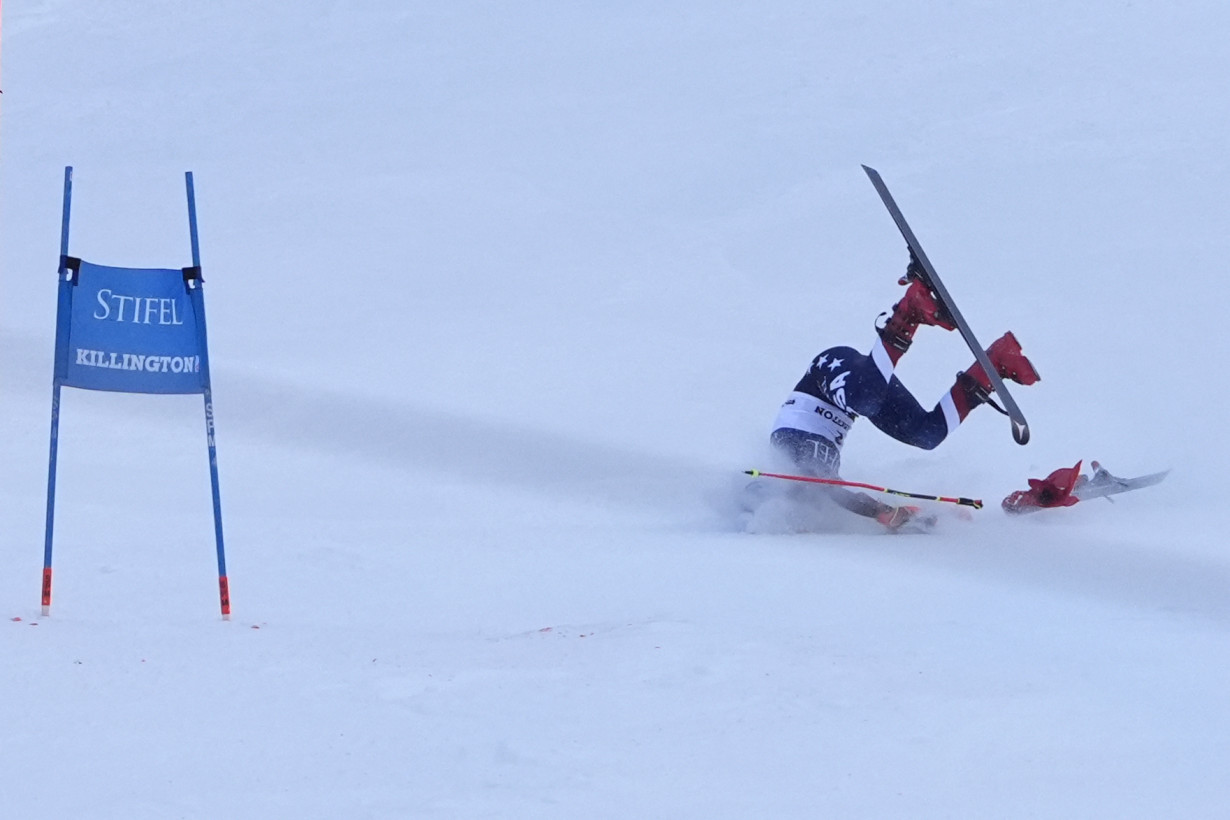
Long story short: She put too much weight on her inside ski on an aggressive line.
“I was like, ’I’ll be hanging on for dear life, but it’s going to be fast,'” said the 29-year-old Shiffrin, whose plans for the world championships in Austria next month include racing the slalom and giant slalom.
Shiffrin hit the snow, smashed into the gate, toppled over her skis and slid into the protective fence. She suffered no serious bone or ligament damage but something impaled her.
She's scrutinized over what the object might have been, with theories ranging from her ski pole to a piece of the gate. Fans have even reached out to offer their thoughts.
Only later did she find out just how close of call it was — whatever stabbed her nearly punctured her abdominal wall and her colon.
“A millimeter from pretty catastrophic,” Shiffrin said. “Then it was like, ‘Your colon is intact. This is just a hole in your side. That’s fine.’ I’m like, ‘But there’s still a hole in my side and I can’t move.’”
The long days of recovery
First, some rest. Then, a plan once the inflammation subsided around the oblique muscles, which are located on the sides of the abdomen and are instrumental for twisting and bending.
This was such a unique injury to ski racing. Her physical therapist, Regan Dewhirst, reached out to the training staffs of the Los Angeles Angels and the Edmonton Oilers for advice, since baseball and hockey players have had their share of oblique ailments. Each helped provide a framework for Shiffrin’s recovery.
“The biggest thing was to make sure you get her moving in a pain-free way as quickly as possible,” Dewhirst said. “Get the muscle activated properly and then once it’s activating, you need to try to introduce these sport-specific motions as soon as you can.”
They took the necessary steps at Shiffrin’s pace. If she felt good, they were aggressive. If she needed to rest, they rested. She was looking at about a 6-to-12 week timeline for a return but really no one knew for sure.
“Every step of the way, it’s gone as well as we could hope,” said Shiffrin, who’s engaged to Aleksander Aamodt Kilde, the Norwegian ski star sidelined this season with an injury. “We’ve been pushing, too.”
Back on snow
Shiffrin returned to skiing on Jan. 1. A few simple runs to “get at those ski-specific motions you really can’t simulate in a controlled gym space,” Dewhirst said.
Two weeks later, Shiffrin was back in the slalom gates. Again, some very easy turns to start.
“Just slowly taking on the progression and not throwing in too much into the fire at once,” said Shiffrin, a two-time Olympic champion who has a “new” teammate on the U.S. ski team after the comeback of Lindsey Vonn. “It’s kind of hard to explain to people just how much you put your body through just to make one single slalom or GS turn, let alone 55-to-60 in a row.”
Earlier this week, she had a little hiccup that sent her heart racing. She hit a pile of snow in a training run, one ski slid into the other and she nearly fell.
It was reminiscent of her crash.
“That was scary,” Shiffrin said. “But I was also like, ‘There it is.’ I have to desensitize to those little things again because you don’t ski a full-length race course without some little moments of like, ‘That was kind of scary.’”
Off to Europe
Shiffrin departs for Europe this week and the plan is to increase the intensity ahead of the Courchevel competition.
But that plan remains fluid.
“If for whatever reason something crops up and it’s not quite there yet, no big deal," Dewhirst said. "This is an evolving continuum.”
Shiffrin won’t be racing any downhill events this season but is leaving the door open for an occasional super-G.
“It depends on how much we can fit into a really short time crunch,” Shiffrin explained. “For me, it’s just been put your head down and do the work and just do this as well as you can.”
___
AP skiing: https://apnews.com/hub/alpine-skiing

 Trump has begun another trade war. Here's a timeline of how we got here
Trump has begun another trade war. Here's a timeline of how we got here
 Canada's leader laments lost friendship with US in town that sheltered stranded Americans after 9/11
Canada's leader laments lost friendship with US in town that sheltered stranded Americans after 9/11
 Chinese EV giant BYD's fourth-quarter profit leaps 73%
Chinese EV giant BYD's fourth-quarter profit leaps 73%
 You're an American in another land? Prepare to talk about the why and how of Trump 2.0
You're an American in another land? Prepare to talk about the why and how of Trump 2.0
 Chalk talk: Star power, top teams and No. 5 seeds headline the women's March Madness Sweet 16
Chalk talk: Star power, top teams and No. 5 seeds headline the women's March Madness Sweet 16
 Purdue returns to Sweet 16 with 76-62 win over McNeese in March Madness
Purdue returns to Sweet 16 with 76-62 win over McNeese in March Madness
